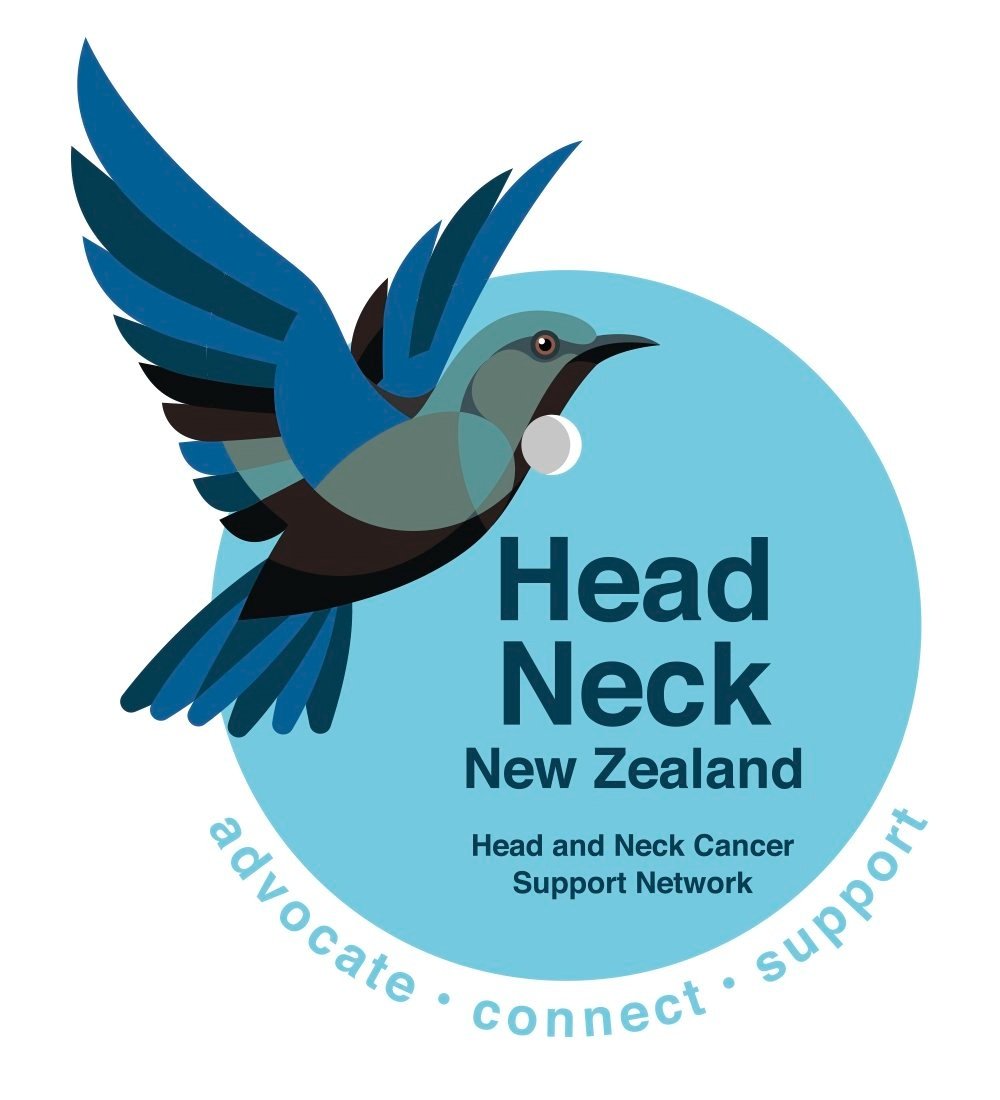Cutting-edge proton beam therapy is no better than advanced radiotherapy for treating head and neck cancer
What was studied
A UK-based clinical trial called TORPEdO compared two advanced kinds of radiotherapy for head and neck cancer:
Proton Beam Therapy (PBT) — uses protons to target cancer more precisely.
Intensity-Modulated Radiotherapy (IMRT) — uses advanced planning and shaping of regular radiation beams to closely follow the tumour.
The trial ran between 2020 and 2023 and involved 205 patients across the UK. icr.ac.uk
What the researchers looked for
Whether PBT is better than IMRT in reducing side effects (like problems with taste, swallowing, speech, saliva, chewing, or appearance) one year after treatment. icr.ac.uk
Also, they considered how well the cancer was controlled and quality of life after treatment. icr.ac.uk
What they found
No significant difference in side effects: One year after treatment, patients treated with PBT and those treated with IMRT reported similar issues in taste, chewing, swallowing, speech, saliva function, and appearance. icr.ac.uk
Effectiveness was similar: Both treatments were similarly good in treating the cancer and in reports of quality of life. icr.ac.uk
What this means for patients
For most people with head and neck cancer, IMRT is just as good as PBT in terms of side effects and outcomes. icr.ac.uk
IMRT has an advantage in being more widely available. It can be delivered on more machines (linear accelerators), subject to proper modernisation and maintenance. icr.ac.uk
Additional details & caveats
PBT is already used routinely for children, brain tumours, and other situations where sparing healthy tissue (especially in developing organs) is especially important. icr.ac.uk
The trial's results don’t necessarily apply to all cases — there could be specific situations (depending on tumour location, patient age, or sensitivity of nearby tissues) where PBT might still offer benefits. Further research is still underway for those. icr.ac.uk
Also, many “older” radiotherapy machines aren’t equipped to deliver the most advanced forms of IMRT, so proper equipment is essential. icr.ac.uk
Bottom line
For most people with head and neck cancer, modern high-quality IMRT gives similar outcomes and side effects to proton beam therapy, and is more readily available. Which treatment is best should still be decided case by case, taking into account tumour specifics, patient health, equipment availability, and expertise.
If you like, I can also explain whether there are specific patients who might benefit more from proton therapy, or what this means for access to treatment where you are.
Who might still benefit from proton therapy (even though TORPEdO found no overall advantage)
Although the TORPEdO trial showed no meaningful difference between PBT and modern IMRT for most people with oropharyngeal/head & neck cancers one year after treatment, there are specific situations where proton therapy can still be the better choice:
Children and young people — their bodies are still growing, so the ability of protons to spare healthy tissue can reduce long-term growth, hormonal and cognitive side effects. PMC
Tumours very close to critical structures (for example some skull-base or sinonasal tumours near the brain, optic nerves, or brainstem) — PBT’s physical dose-dropoff can sometimes better protect those sensitive organs. ASC Publications+1
Re-irradiation cases — when someone has already had radiotherapy and needs treatment again in the same area, PBT may reduce dose to previously irradiated normal tissues and lower risks. Memorial Sloan Kettering Cancer Center
When detailed planning shows a clear dosimetric advantage — if careful comparison of radiation treatment plans shows proton plans deliver substantially less dose to important healthy tissues (and that would likely change side-effect risks), then PBT may be preferred. Many centres do “comparative planning” to check this. PMC+1
What the TORPEdO result means for most patients
For many people with common head & neck cancers (especially oropharyngeal cancers), modern, high-quality IMRT gives similar cancer control and similar patient-reported side effects at one year compared with protons. That means IMRT — which is more widely available — remains an excellent and standard option. icr.ac.uk+1
Access and practical realities in Australia / New Zealand
Proton therapy is not yet widely available in Australia or New Zealand. Patients from NZ/Australia sometimes receive PBT overseas when it’s judged necessary and funding/support is arranged. Australian centres (and national programs) often run plan comparisons and referral pathways for patients who might need PBT overseas. Radiation Oncology Targeting Cancer+1
Questions you can ask your radiation oncology team
If you or someone you care for is deciding between IMRT and proton therapy, these are useful questions to bring to the clinic:
“Can we do a comparative plan showing the dose to my (salivary glands, swallowing muscles, brain, optic structures, etc.) for IMRT versus protons?” (If a proton plan shows noticeably lower dose to important structures, that could support a referral.)
“Are there specific reasons my tumour location or my past treatments would make protons preferable?”
“If protons were recommended, how would access and funding work from here (local centre, referral overseas, government support)?”
“What outcomes (survival, swallowing, speech, saliva, feeding-tube dependence) should I expect with the recommended treatment?”
Bottom line
TORPEdO shows that for many people, modern IMRT works just as well as proton therapy for oropharyngeal/head & neck cancers. But certain groups (children, some skull-base or sinonasal tumours, re-irradiation, or cases where plan comparisons show a clear advantage) may still gain from PBT. Decisions are case-by-case and benefit from a radiation oncologist doing comparative planning and discussing access options. Radiation Oncology Targeting Cancer+4icr.ac.uk+4PMC+4


